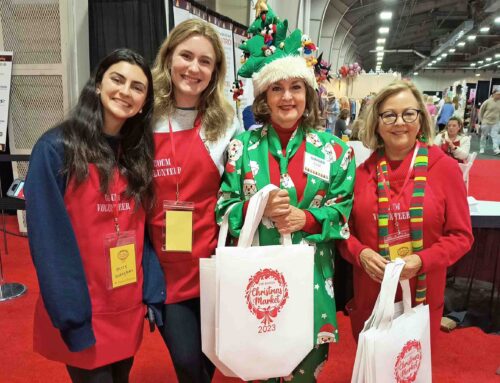As a child, I lived in a neighborhood teeming with lots of children, and like the Little Rascals, my friends and I ran in a pack through the back yards and streets of our neighborhood, unfettered by concerns of Amber Alerts and parental supervision.
Because our house sat on a circular lane, and none of the houses had fenced yards, our neighbors’ yards all backed into each other, creating a common playground that hosted touch football games, softball marathons, tag and hide and seek.
In front of our houses, we played kick the can in the street, which required drivers to yield to our recklessness, and basketball in our driveways. There was always a game going on somewhere, and all the players, regardless of age, were familiar to us.
This neighborhood camaraderie culminated each year in a Fourth of July parade that wound its way through our circling streets. Mimicking a Norman Rockwell drawing, we decorated our bicycles, wagons, dogs and ourselves, rode on homemade floats depicting various patriotic themes, competed for prizes in a variety of categories, and celebrated the birth of our country with hot dogs and ice cream.
This annual event was a living history lesson that taught me more about the spirit of patriotism than anything I learned in school. During the Vietnam War and closing days of Richard Nixon’s presidency, when domestic dissent was at an all-time high, this patriotic tableau played itself out year after year, seemingly oblivious to outside forces.
In my Preston Hollow neighborhood, a bedsheet sign appears every year in a yard down the street, advertising a neighborhood parade much like the one I grew up participating in. All morning on the Fourth, families stream down the street, drawn to the audible patriotic music, and at 10 a.m., the participants step onto the sawhorse-barricaded parade route, and to the strains of John Phillip Souza, the Preston Hollow Fourth of July celebration officially begins.
The audience and participants enjoy lemonade and punch while enthusiastically applauding the prize winners and the most patriotic dogs, and after an hour or so of catching up with old friends and meeting new ones, everyone drifts off to other activities and celebrations.
This parade is a more than 20-year tradition, hosted by the same family, in the same location. Adults who participated in the festivities as children have moved back into the neighborhood to raise their own families, and they are amazed that an event from their childhood still exists. Families old and new gather to maintain a tradition of patriotism that knits the neighborhood into a community, and that Norman Rockwell drawing comes to life year after year, creating memories and a sense of pride in country for all who join in. The first year we lived in Preston Hollow, I was charmed when I saw that bedsheet sign, as it transported me back to the parade I had eagerly marched in as a child.
I expect this Fourth of July to be as poignant and bittersweet as in previous years, with our nation still at war and thoughts of soldiers far from home. But I take comfort in the thought that a simple neighborhood tradition has outlasted times of national strife, and I like to think that the children who are eagerly decorating and dressing up this year will be supervising their own children’s participation in 20 more years.
It’s not too late to paint a bedsheet and organize your own neighborhood parade. Create a lasting legacy for you and your children to celebrate what is great and good about America: its people.






